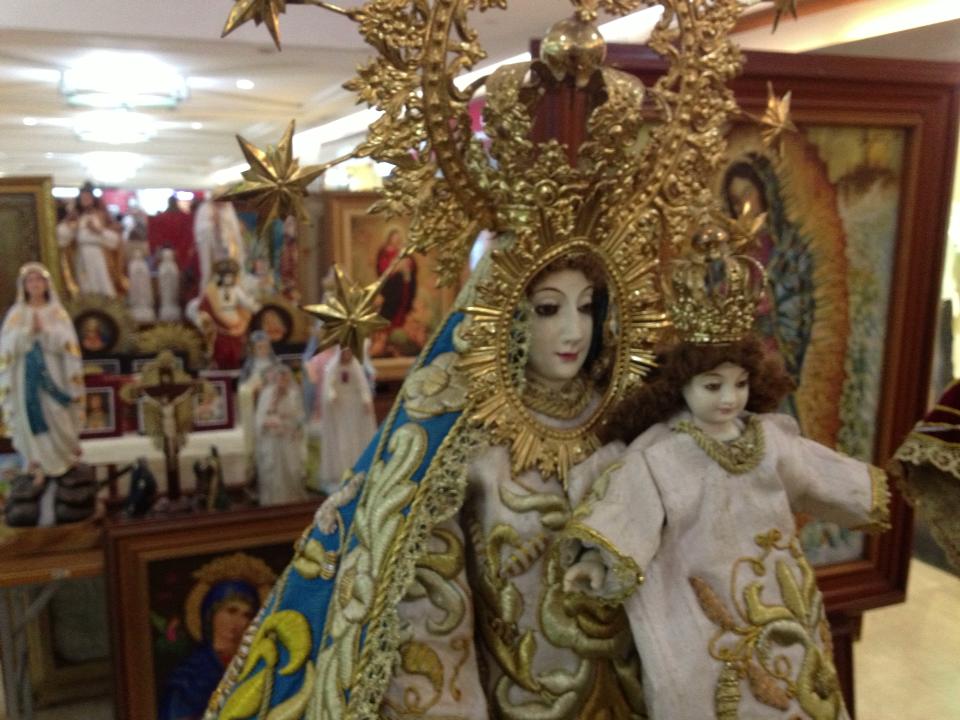CBCP urges bishops to say no to use of ivory
The Catholic Bishops’ Conference of the Philippines on Wednesday urged Filipino clerics to refrain from the purchase and use of religious objects made with ivory, especially if they are new.

“I appeal to my brother bishops of the Philippines to prohibit the clerics from blessing any new statue, image or object of devotion made or crafted from such material as ivory or similar body parts of endangered or protected, nor shall such new statues or images be used as objects of veneration in any of our churches,” CBCP president Archbishop Socrates Villegas said according to a report on the organization's news site.
While ivory can be obtained from animals such as walruses, hippopotamuses and sperm whales, the main source of ivory are African and Asian elephants, which are killed in the hundreds every year to fuel the illegal trafficking in the material.
In 1989, the 181-member Convention on International Trade in Endangered Species (CITES) agreed to a ban on the international trade in African elephant ivory. However, new ivory products—particularly religious icons—are still being sold in the Philippines.
A global investigation by National Geographic in 2012 revealed that the demand for Santo Niño icons in the Philippines is helping fuel the illegal ivory trade.
According to the magazine's report, while the largest ivory market is China, it is in the Philippines where the trade in statues made of smuggled ivory is most open. It is even encouraged by respected Catholic priests.
One of the most notorious examples of this is Monsignor Cristobal Garcia of Cebu, who was described by National Geographic as "one of the best known ivory collectors in the Philippines" and who advised the NatGeo journalist how to smuggle an ivory Santo Niño into the US. He was later suspended on child sexual abuse charges.
“I propose to my brother bishops to enforce the directive that no donation of any new statue or religious object made from ivory or materials extracted, taken or derived from protected and endangered species shall be accepted and blessed,” Villegas said in the CBCP report.
“No matter the beauty of a work of art, it cannot justify the slaughter of wildlife, the use of endangered organic forms and lending a seal of approval to the threat posed to biodiversity by poachers and traffickers,” he added.
Old religious items made of ivory can still be used, Villegas added.
In June 2013 the Philippines crushed five tons of smuggled elephant tusks, becoming the first non-African country to destroy its massive ivory stocks, according to the Department of Environment and Natural Resources. The five tons of tusks came from a total of 13.1 tons seized at Manila's port and international airport after being smuggled in from Africa in 2005 and 2009. The rest of the ivory, worth many millions of dollars on the black market, was stolen over the years. — BM, GMA News




